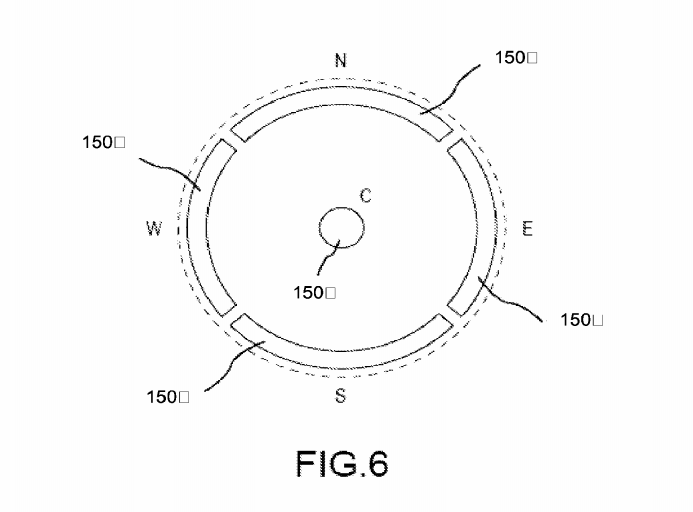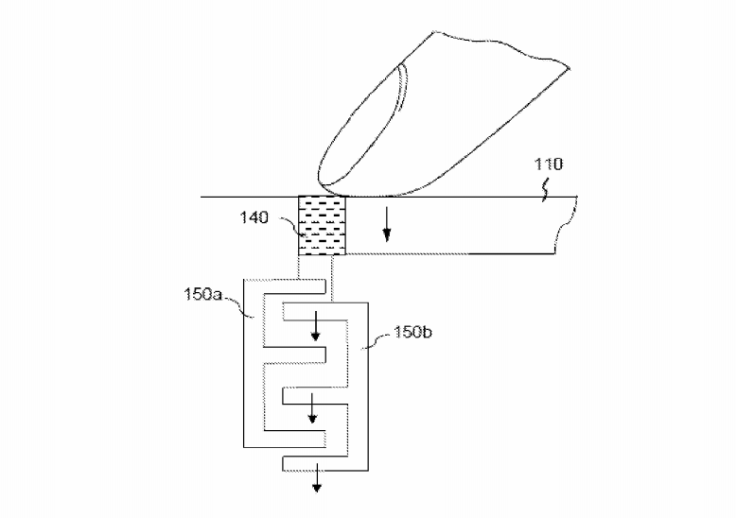A recent patent application by Apple showcases the possibility that iPhone and iPad home buttons could one day be used as a joystick, thanks to revamped Touch ID technology. The patent goes on to explain how added pressure sensors , as well as the novel application of software, could add improved features to the home button such as juggling user profiles and per-app specific controls.
The ability to better recognize pressure and direction for the Touch ID sensor has a wide swath of potential use, including incorporating the sort of functionality currently only seen with the 3D Touch feature introduced with the iPhone 6s and iPhone 6s Plus. For example, a deep press could be used to open up a specific app straight from the lockscreen, possibly act as a cursor controller for text typing, or even as a potential non-touchscreen-based extra input button.
Imagine a gaming application that can shift the return-to-home screen action to a long, deep press of the home button, freeing up a regular press as an extra input. This, plus a new ability to gauge pressure directionally as described in the patent, would open up the home button to used as a joystick capable of the more fine-tuned control seen in console gaming or to a further extent, PC gaming.

Novel software uses of the Touch ID sensor could also bring more features to the iPhone and iPad. For example, the sensor could be used to tell between different user profiles that have varying levels of restrictions imposed on them. This could be useful when a letting a child use an iPhone, as their user profile could be locked to a specific app or even have in-app purchases turned off. Another alternative idea is a certain finger being used on the Touch ID triggering a panic mode, as described in this other patent.
Apple has been granted another patent recently that may enable iPhone, Mac and iPad models to recognize hover events, i.e., sense an action from the user without needing physical contact. This sort of functionality could also be used with the Touch ID sensor, according to the previously mentioned patent.

















